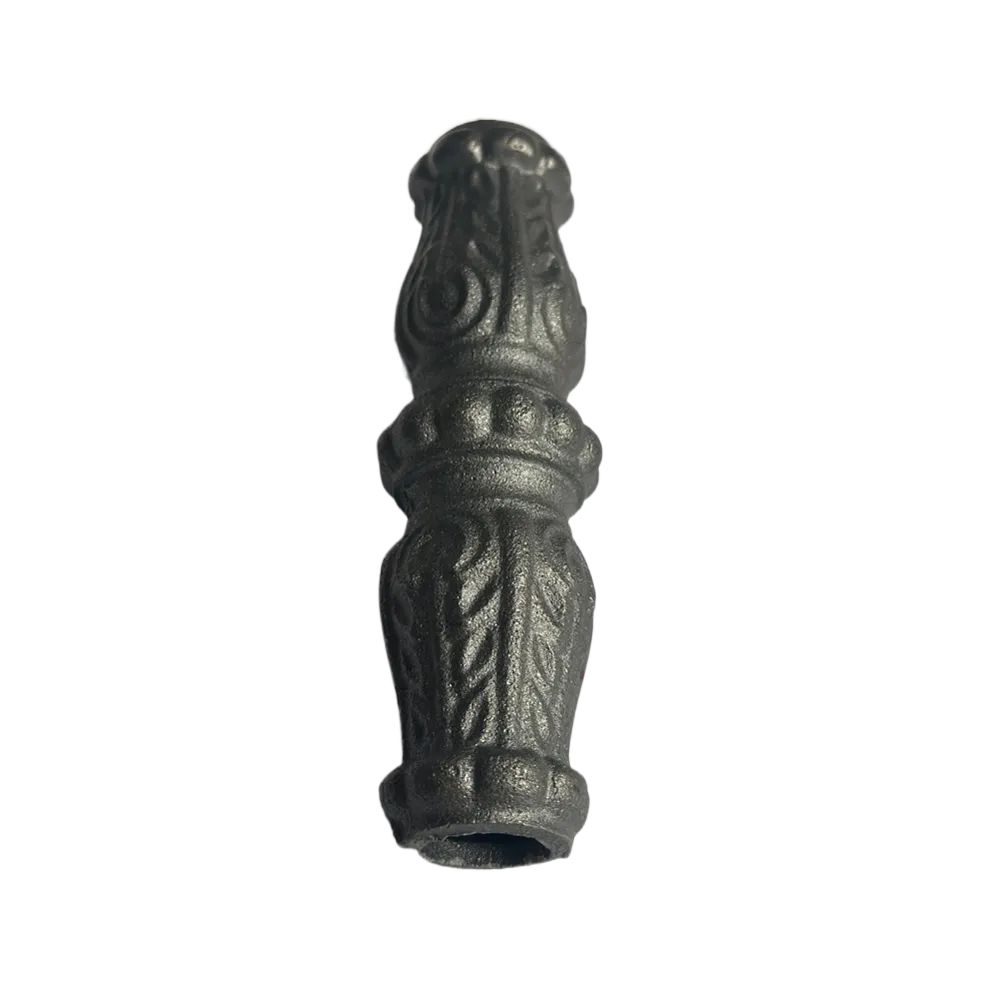wrought iron meaning
Understanding Wrought Iron Meaning, Properties, and Uses
Wrought iron is a form of iron that is characterized by its unique properties and historical significance. Unlike cast iron, which is brittle and primarily used for items that require rigidity, wrought iron is malleable and ductile. It can be hammered or pressed into shape, making it ideal for various applications throughout history and in contemporary use. In this article, we explore the meaning of wrought iron, its properties, and its applications in different fields.
Definition and Historical Context
The term wrought iron originates from the Old English word wrought, which means worked. This form of iron has been used for centuries, dating back to ancient civilizations. Its production involves a process where iron ore is heated and then hammered to remove impurities like slag and carbon, resulting in a relatively pure iron. The traditional method of producing wrought iron involves the use of a bloomery, a type of furnace that produces a porous mass of iron known as a bloom.
Historically, wrought iron was widely used before the advent of steel-making processes in the 19th century. It was commonly utilized in tools, weapons, and building materials, especially in structures where flexibility and resilience were required. The properties of wrought iron allowed blacksmiths to create intricate designs and durable products that stood the test of time.
Properties of Wrought Iron
Wrought iron is known for several key properties that distinguish it from other forms of iron and steel
1. Malleability Wrought iron is highly malleable, meaning it can be easily shaped and molded without breaking. This property makes it ideal for decorative items, such as railings and gates, where intricate designs are needed.
2. Ductility This type of iron can stretch and deform under tensile stress, allowing it to be formed into various shapes without cracking.
3. Corrosion Resistance Although wrought iron can rust, it tends to form a protective layer of iron oxide, which can help prevent further corrosion. This property has made wrought iron a common choice for outdoor applications.
4. Low Carbon Content Wrought iron typically contains less than 0.08% carbon, making it less brittle compared to cast iron and steel. This low carbon content contributes to its durability and flexibility.
wrought iron meaning

Applications of Wrought Iron
Wrought iron has found numerous applications throughout history, many of which still exist today
- Architectural Elements One of the most common uses of wrought iron in modern times is in architecture. It is often used for railings, gates, and decorative elements on buildings. Its aesthetic appeal, combined with its strength, makes it a popular choice for enhancing the beauty of structures.
- Art and Sculpture Artists and sculptors often favor wrought iron for creating unique art pieces. Its malleability allows for intricate designs and forms that capture the imagination.
- Furniture Wrought iron is used in the production of furniture, especially in outdoor settings. The durability and resistance to weather contribute to its popularity in garden and patio furniture.
- Tools and Implements Historically, wrought iron was the preferred material for crafting tools and implements due to its toughness. Although modern materials have largely replaced it, tools made from wrought iron can still be found, particularly in artisanal crafts.
- Fencing and Gates Due to its robust nature, wrought iron fencing and gates provide both security and aesthetic value to properties. They are often used in residential and commercial designs.
Conclusion
Wrought iron, with its rich history and desirable properties, remains an important material in various fields. Understanding its meaning and characteristics helps appreciate its role in both historical and contemporary contexts. Whether in architecture, art, or everyday tools, wrought iron continues to captivate us with its strength, beauty, and versatility. As we look towards the future, the legacy of wrought iron will surely endure, evolving while retaining its fundamental qualities.
-
Wrought Iron Components: Timeless Elegance and Structural StrengthNewsJul.28,2025
-
Window Hardware Essentials: Rollers, Handles, and Locking SolutionsNewsJul.28,2025
-
Small Agricultural Processing Machines: Corn Threshers, Cassava Chippers, Grain Peelers & Chaff CuttersNewsJul.28,2025
-
Sliding Rollers: Smooth, Silent, and Built to LastNewsJul.28,2025
-
Cast Iron Stoves: Timeless Heating with Modern EfficiencyNewsJul.28,2025
-
Cast Iron Pipe and Fitting: Durable, Fire-Resistant Solutions for Plumbing and DrainageNewsJul.28,2025
-
 Wrought Iron Components: Timeless Elegance and Structural StrengthJul-28-2025Wrought Iron Components: Timeless Elegance and Structural Strength
Wrought Iron Components: Timeless Elegance and Structural StrengthJul-28-2025Wrought Iron Components: Timeless Elegance and Structural Strength -
 Window Hardware Essentials: Rollers, Handles, and Locking SolutionsJul-28-2025Window Hardware Essentials: Rollers, Handles, and Locking Solutions
Window Hardware Essentials: Rollers, Handles, and Locking SolutionsJul-28-2025Window Hardware Essentials: Rollers, Handles, and Locking Solutions -
 Small Agricultural Processing Machines: Corn Threshers, Cassava Chippers, Grain Peelers & Chaff CuttersJul-28-2025Small Agricultural Processing Machines: Corn Threshers, Cassava Chippers, Grain Peelers & Chaff Cutters
Small Agricultural Processing Machines: Corn Threshers, Cassava Chippers, Grain Peelers & Chaff CuttersJul-28-2025Small Agricultural Processing Machines: Corn Threshers, Cassava Chippers, Grain Peelers & Chaff Cutters












